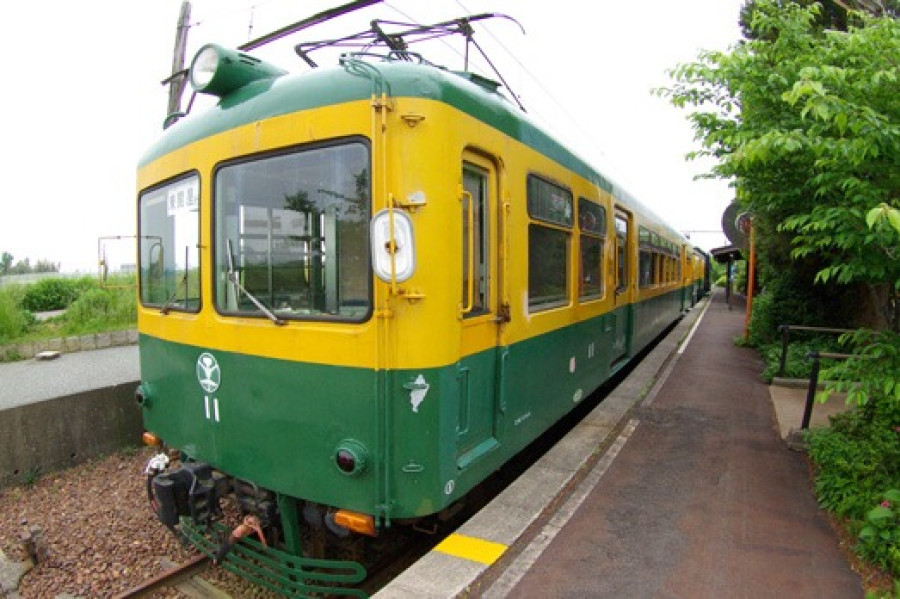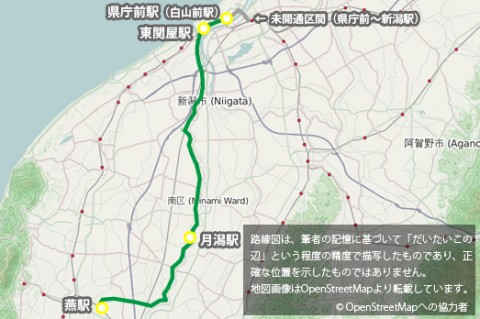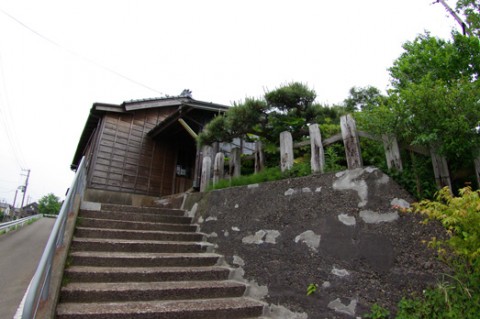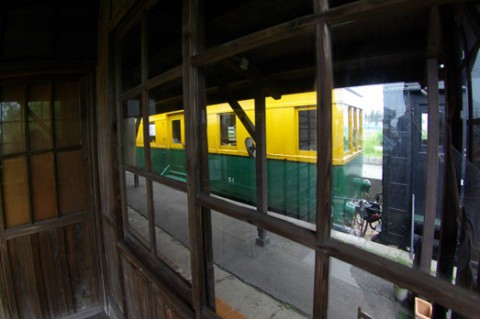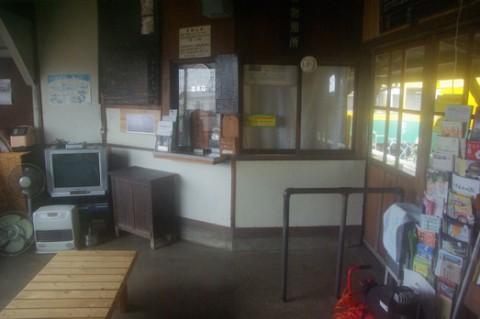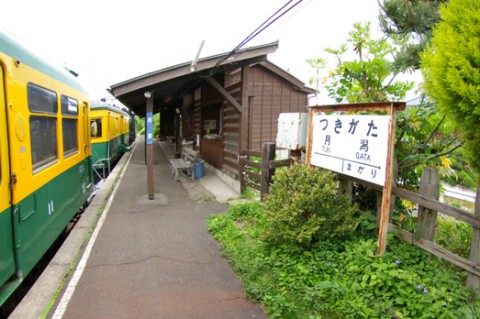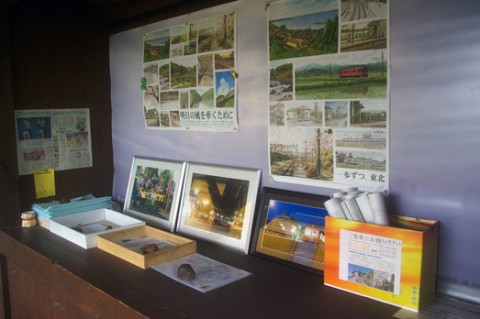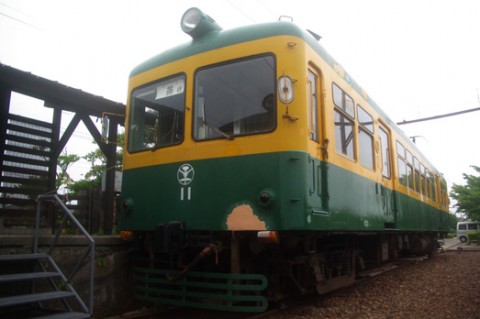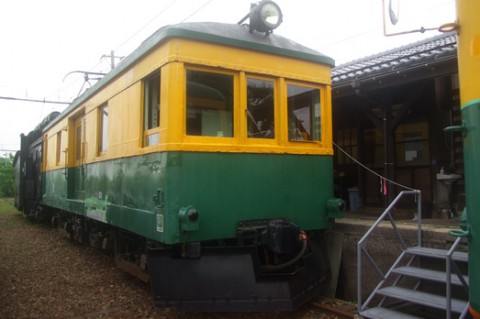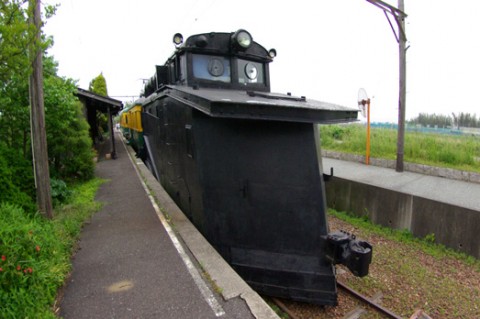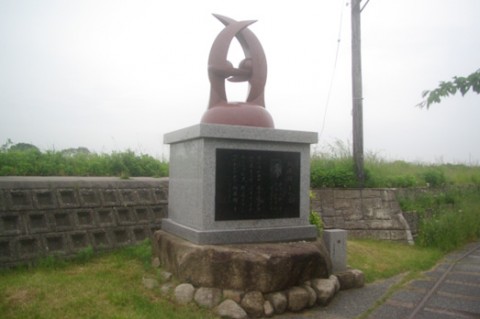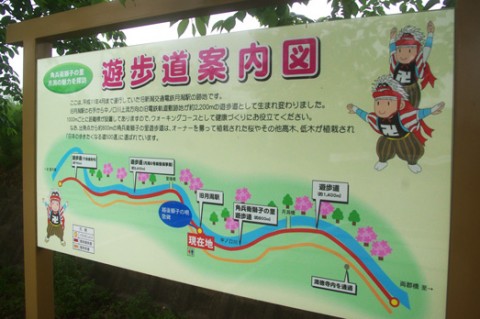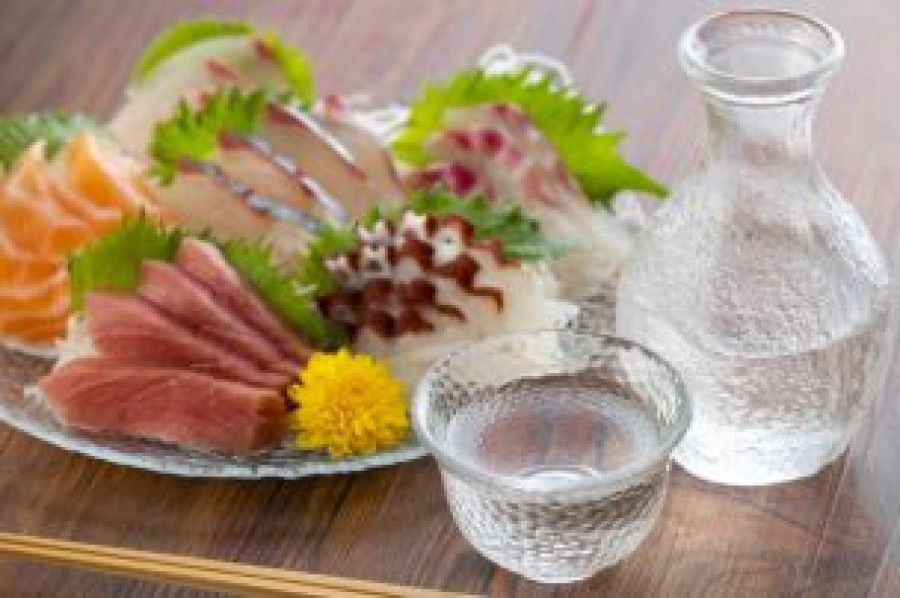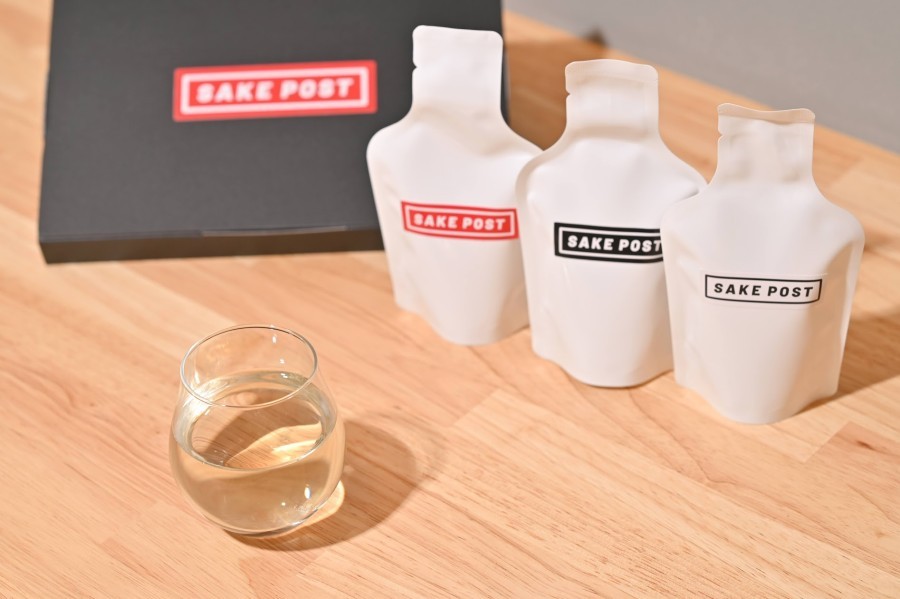There are currently no railways (private railways) other than JR in Niigata City.
However, until 1999 (Heisei 11), 'Niigata Kotsu' operated a 'train line'. The line was affectionately known as 'Dentetsu' by the citizens.
The line opened in 1933 and was extended in stages, connecting 'Tsubame Station' to 'Kencho-Mae Station' (later 'Hakusan-Mae Station', near the current Niigata City Hall) along the Nakanokuchi River. It was also initially planned to connect Kencho-Mae Station to Niigata Station via Masaya Koji and Bandai Bridge. If this plan had been realised, the atmosphere of the city of Niigata might have changed considerably. However, this plan was never realised and the number of users of the train line declined as private cars became more widespread after the war, and the line was phased out, finally being closed entirely.
Niigata Kotsu Tram Line vehicles were preserved at the former Tsukigata Station, which was the terminus of the line when the whole line was discontinued. Even today, the train line vehicles, which were also known as 'pumpkin trains' due to their yellow and dark green paintwork, are preserved.
The other day I went to the Moon Lagoon to see the Pumpkin Train for the first time in many years.
The station building of Tsukigata Station remains in its original appearance in the shopping street of Tsukigata.
Through the window, a preserved train can be seen.
The interior of the station building has been preserved exactly as it was in those days.
However, the station building was locked on that day and could not be entered.
A parking area is maintained up the hill in front of the station building. You can enter the platform from this side, so even if the station building is not open, you can always see the 'pumpkin train' up close. (except in winter).
The car park is also laid out with the railway line intact, and it looks as if the 'pumpkin train' is about to start moving.
I went up to the platform.
The appearance of the local railway station remains intact. And you can see that it has been properly cared for.
In one corner of the platform, photos of old train lines and other items are on display.
There are three preserved carriages. The first is a familiar coach that I have also ridden in. It is called 'Moha 10 class'.
A plate on the car body is inscribed with the year 1966. It was manufactured by a company called Nippon Sharyo, and was the standard used on small and medium-sized private railways throughout the country, mainly in the 1950s.
The second is a freight-only vehicle (freight car) called the 'Mowa 51'. According to the information board at the station, they were used as snow removal trains after the discontinuation of freight transport in 1982.
The third is a snowplough called Type Ki100. According to the information board, it was manufactured by the Ministry of Railways in 1932 (Showa 7) and was used on JNR routes before being sold to Niigata Kotsu.
The station building and rolling stock are maintained on a daily basis by a group of volunteers called the 'Pumpkin Train Preservation Society', who clean the station building and other areas.
Normally, you cannot enter the station building or the train cars, but they 'open' the interior to the public in support of events such as the Moon Lagoon Festival in June and the Street Performance Festival in September. It is also sometimes open to the public on major holidays and railway days.
For more information, please visit the website of the "Pumpkin Train Preservation Society". → http://kaboden.jimdo.com/
There is a monument to 'Misora Hibari: Song of the Echigo Lion' on the station grounds.
An excellent feature is that when the button on the side is pressed, Hibari Misora's singing voice is played.
The Kakubei Jizoson is also located on the front side of the station.
In addition, a 2, 200 m stretch of the old railway line, centred on the former Moon Lagoon station building, has been developed as a promenade. It has also been selected as one of the '500 roads in Japan to walk along'.
In fact, I myself have little knowledge or insight into railways, but I have been taking 'ruin-type' photographs as a hobby for some time, and frequently photographed the former Niigata Kotsu Train Line sites. These 'ruins' have been completely redeveloped in the last few years. As a lover of ruins, I sometimes feel a little disappointed, but I think it's wonderful that the station building from those days has been preserved and developed as a space for the public to enjoy.
The 'open days' are particularly enjoyable for parents and children. They are held in conjunction with local festivals, so why not visit?
Spotlight.
Former Moon Lagoon Station (West River Aqueduct)
- 2894 Tsukigata, Minami-ku, Niigata City
Pumpkin Train Preservation Society
advertisement


